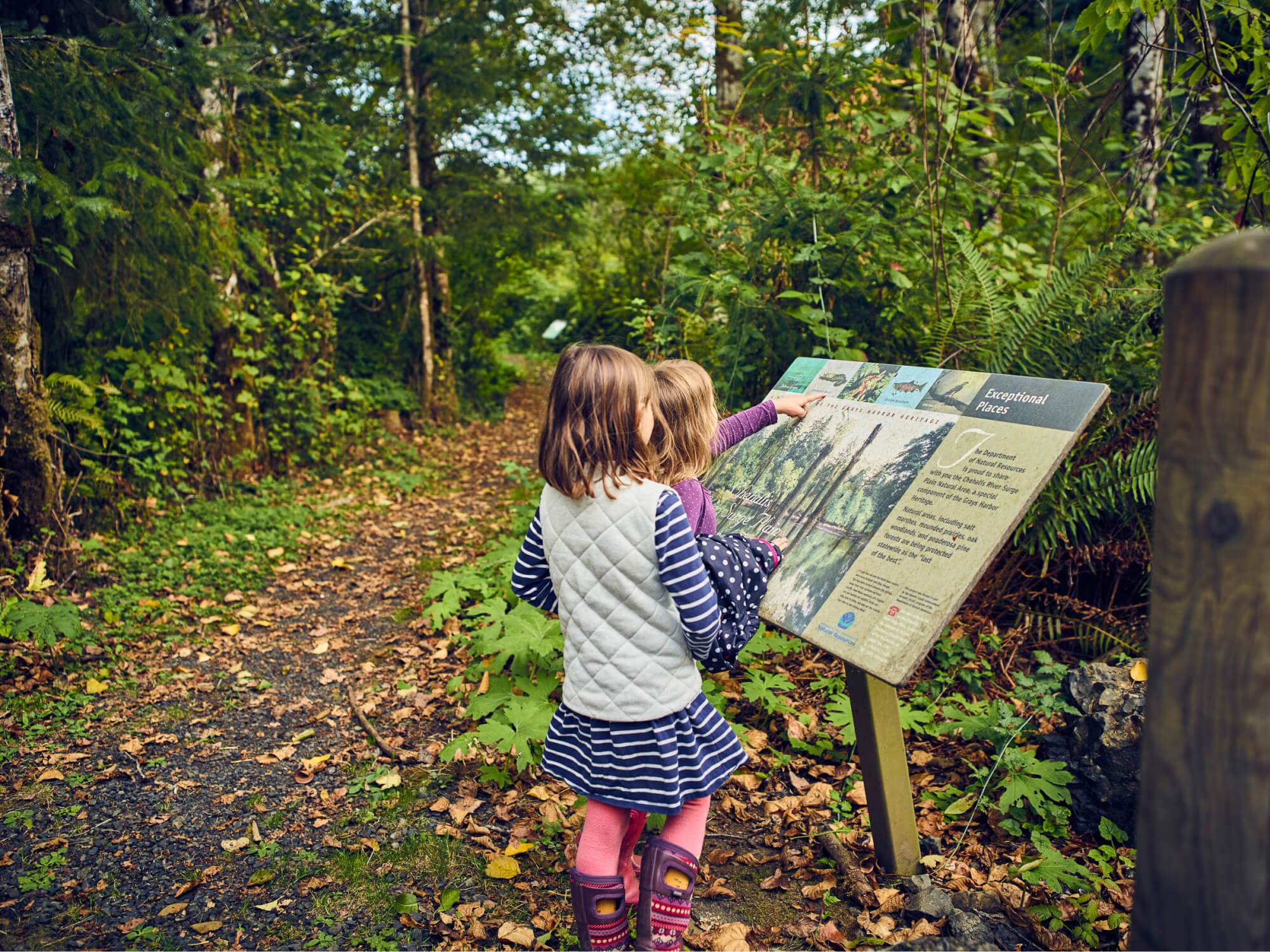This article ran in the November 1, 2017 edition of The Sacramento Bee.
By Jane Braxton Little, Freelance Writer
Before rushing to join the Klamath River, the waters of Blue Creek pause in a turquoise pool beside a bed of stone-gray cobbles. Salmon pause here, too – coho and fall Chinook, basking in the cool-water refuge to rally for the upstream swim to spawning grounds.
The journey up Blue Creek takes them past groves of redwoods and Douglas firs, over boulder-strewn cascades in a 4,000-foot climb to the misty Siskiyou Mountains. This ascent leads to what Yurok People call the “high country,” a hallowed place where they have gone for millennia to gather medicinal and ceremonial plants, and to commune with the sacred.
Along with returning some of the Yurok homelands and safeguarding critical habitat for endangered salmon, the arrangement offers a model for conserving rivers and forests at a scale that can buffer them against climate change.
“Blue Creek is Jerusalem and Mecca for us,” says Amy Cordalis, general counsel for the Yurok Tribe.
Today the entire 47,000-acre watershed near Redwood National Park is poised for protection under an ambitious partnership between the tribe and Western Rivers Conservancy. Along with returning some of the Yurok homelands and safeguarding critical habitat for endangered salmon, the arrangement offers a model for conserving rivers and forests at a scale that can buffer them against climate change.
Despite its cultural and spiritual significance to the tribe, and its importance to the survival of anadromous fish returning to the Klamath River, the Blue Creek watershed is far from pristine. The headwaters enjoy protection as a federal wilderness area, but in the lower reaches logging, road construction and grazing have incised the channel. Feral cows forage on the banks and stray hatchery fish breed with wild salmon.
After watching the degradation for decades, the Yuroks realized the only way to protect their ancestral territory was to own it. “These are spiritual lands,” said Cordalis. “We have always been a salmon people and centered our way of life around the Klamath.”
For Western Rivers, protecting Blue Creek has been a conservation requisite. Along with cold waters essential to salmon survival, the watershed harbors rare Pacific fishers, northern spotted owls and marbled murrelets. “This is one of the most biologically rich areas on Earth,” said Sue Doroff, co-founder and president of Western Rivers.
Conserving a landscape triple the size of Manhattan challenged the tribe and the conservancy to reach beyond the ordinary. They began by reaching out to one another in a 2008 partnership agreement. Western Rivers would buy the land within the Yurok ancestral territory from Green Diamond Resource Co., they agreed, and then help the tribe acquire it.
The $60 million project also pushed the partners to find innovative funding mechanisms. Among them is California’s greenhouse gas reduction program.
As owners, the Yurok will shift forest management from heavy industrial logging to restoration and rejuvenation that allows trees to get older before harvesting them, and in places, eliminates logging altogether. That change escalates the amount of carbon stored in trees and soil. These increases are generating credits through California’s carbon market, which the tribe is selling to help pay for the land.
Along with a combination of public and private sources, donations and foundation grants, the partners also tapped New Market Tax Credits. Designed to spur revitalization of low-income neighborhoods, the program allows big corporations to earn tax credits on their investments in communities. Western Rivers will hold the final 8,600 acres purchased with tax credits for seven years, then turn them over to the Yurok Tribe, Doroff said.
The tribe is committed to sustainable stewardship “over the next 100 years and forever,” said Cordalis. That includes managing 14,790 acres as a salmon sanctuary, and the rest as a community forest focused on restoration. The 47,000-acre acquisition, which more than doubles the Yurok land holdings, will generate dozens of new jobs for the tribe and its 6,000 members.
The Blue Creek project is clearly unique but the creativity and persistence that are driving it can be replicated. Wherever critical habitat is threatened, wherever a community is committed to saving it, this pioneering partnership should serve as a model to encourage and inspire.
With climate change and wholesale dismantling of federal regulations mounting threats to critical habitat, the inspiration can’t come too soon.


